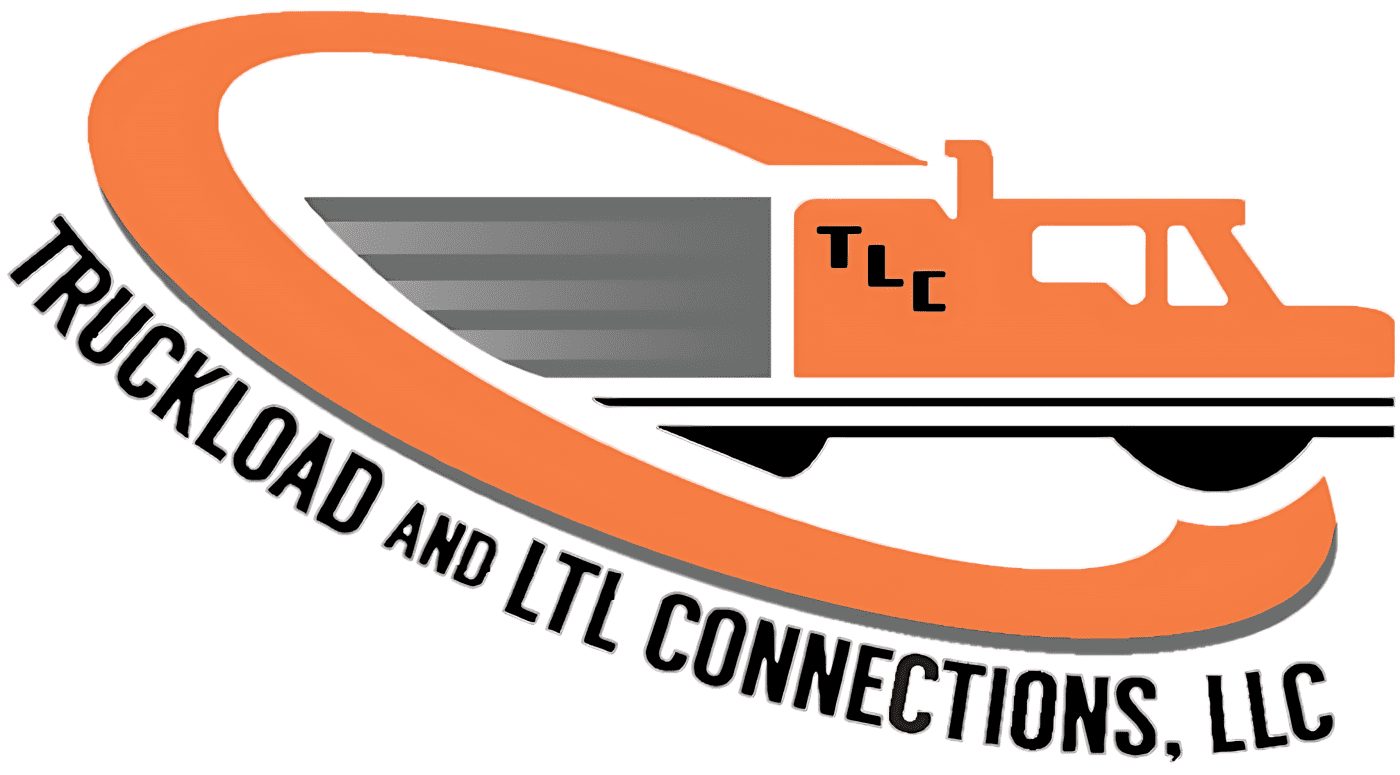Mexico’s Export Surge: Cross-Border Trade Dynamics for 2024

In 2024, nearshoring, the relocation of manufacturing operations closer to end consumers, is expected to become a significant economic driver for the North American freight economy. Mexico has experienced a surge in manufacturing growth due to nearshoring, attracting global supply chains seeking proximity, cost efficiency, and favorable business conditions, especially in collaborating with the U.S. A notable project exemplifying this trend is Tesla’s $5 billion automotive factory in Monterrey, set to be completed within the next two years, showcasing the substantial nearshoring shift toward Mexico.
Key developments such as Tesla’s $5 billion automotive factory in Monterrey symbolize the substantial nearshoring investments set to bolster Mexico’s manufacturing sector. Notably, Mexico overtook China as the top U.S. trading partner in 2023, marking a significant milestone in the country’s trade relations with the United States.
In an article by Noi Mahoney, industry experts and professionals detail their thoughts about the expansion. Experts, including Jordan Dewart, President of Redwood Mexico, Ed Habe, the Vice President of Averitt Express, and Deepak Chhugani, founder and CEO of Nuvocargo, express optimism about the future of cross-border trade between the U.S. and Mexico in 2024. They anticipate accelerated expansions of existing facilities, increased trade between the two countries, and a consolidation of positions for companies engaging in U.S.-Mexico trade lanes. In a recent interview, Chhugani explained his positivity:
“We expect 2024 to be a year of expansion and of consolidation. For companies already trading between Mexico and the U.S., we’re seeing accelerated expansions into more facilities and new commodities in their supply chain. And for companies new to trade across the U.S. and Mexico, we’re seeing more and more entrants consolidating their positions and committing to this trade lane long term. For us this has translated into an opportunity to help companies take their first steps into U.S.-Mexico trade and act as a key ally to set up everything — freight, customs, insurance — for them for added simplicity end to end.”
Similarly to Chhugani, Ed Habe has high hopes based on the trends he’s seeing. In a recent interview, Habe states:
“I’m bullish on Mexico in 2024. Just say even if global manufacturing were not to increase next year, just the jockeying of existing manufacturing to Mexico will represent good things, not just for Averitt, but North America in general. At Averitt, we are in a good spot. We have terminals in the southeastern U.S.. We’re also on the Texas-Mexico border. Cross-border trade is a natural positive for us.”
Regarding freight capacity, experts note a previous surge in capacity post-COVID-19 and anticipate a gradual exit of surplus capacity throughout 2024. The discussion touches upon challenges in the Mexican carrier base, including driver shortages and constrained equipment supply, potentially leading to rising freight rates. Expanding on this, additional sources affirm the trend of nearshoring to Mexico, supported by factors like geographical proximity, trade agreements like the USMCA, and an evolving manufacturing landscape. Reports from international trade organizations corroborate Mexico’s rise as a manufacturing hub, citing its diverse industrial sectors and growing appeal to global supply chains seeking cost-effective and strategic production locations.
Furthermore, analyses on foreign direct investment (FDI) projections substantiate the claim of Mexico’s attractiveness for businesses seeking to establish or expand operations. These reports highlight the country’s potential for sustained economic growth, citing FDI trends and projected expansions across various industries. When asked for comment about the predicted expansions, Jordan Dewart said:
“I don’t think a day goes by that we haven’t talked about a new customer, a new project that we’re working on, and it’s things like video lottery machines, or it’s some product that you never would have imagined that’s being made in Mexico. All of the big retail customers are ramping up their production in Mexico, and they’re trying to get products sourced out of Mexico, your Walmart, Home Depot, Lowe’s, Target, all of them are looking very heavily to Mexico to source products in the fast-moving consumer goods space. Looking forward into the future, companies like Google, Samsung, LG, GE, Mattel, Lego, all of those brands, almost every product they make is going to be ramped up and coming in from Mexico.”
However, challenges such as security concerns, infrastructure readiness, and logistical bottlenecks remain pivotal aspects inhibiting the full realization of Mexico’s nearshoring potential. Reports and analyses from logistics firms and industry experts shed light on these challenges, emphasizing the need for infrastructure development, enhanced security measures, and investments in supply chain efficiency to fully leverage Mexico’s nearshoring advantage.
Your Freight, Our Connection

